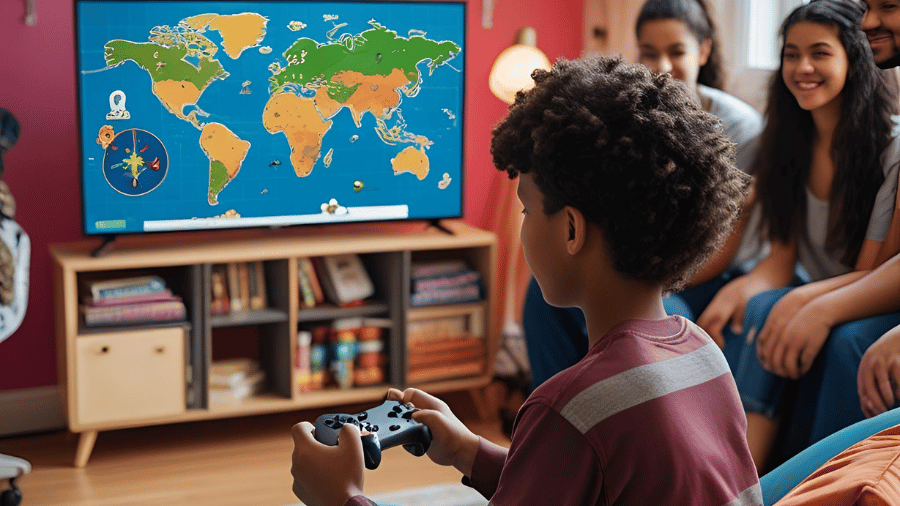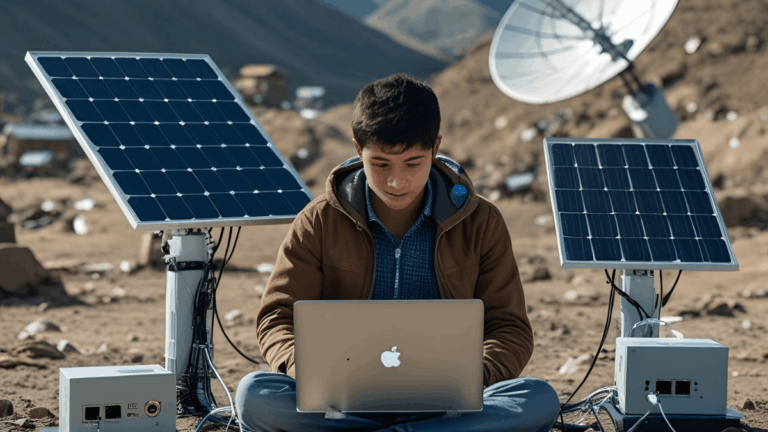Leveling Up the World: How Gaming Is Becoming a Catalyst for Education, Mental Health, and Social Impact

For decades, gaming was viewed as a time-consuming distraction, a form of escapism that added little to society. But that narrative has shifted dramatically. Today, gaming is becoming a tool for education, mental health support, and social change, reaching far beyond the realm of entertainment.
From classrooms to clinics and even in disaster relief simulations, gaming for social impact is emerging as one of the most unexpected and influential trends in global culture.
Let’s start with education. Video games have long used problem-solving mechanics, storytelling, and immersive environments—features that align perfectly with modern learning methodologies. In the last five years, educators across the globe have started embracing these tools in formal curriculums.
Games like Minecraft Education Edition have revolutionized how students grasp subjects like history, coding, and geography. By building virtual Roman cities or simulating sustainable farming techniques, students engage in hands-on learning that is interactive and memorable. In countries like Finland and South Korea, where education innovation is high, gaming is already a standard classroom tool.
The impact goes even deeper when it comes to mental health. Amid rising global concerns around anxiety, isolation, and depression—especially post-pandemic—therapists and researchers have begun leveraging gaming in treatment plans. Games like “Celeste” or “Kind Words” are designed around themes of emotional healing and resilience, encouraging players to reflect, decompress, and find community in virtual spaces.
One standout initiative is SPARX, an award-winning New Zealand-based game created to help teenagers with depression. It uses a role-playing format to teach cognitive behavioral techniques, allowing users to tackle “negative thoughts” through in-game challenges. In clinical trials, SPARX has shown efficacy comparable to traditional therapy for mild-to-moderate depression.
Similarly, This War of Mine, a survival game from a civilian’s perspective during war, is used in PTSD recovery programs to help veterans process trauma through safe digital simulation. These aren’t just games—they’re therapeutic experiences designed to heal and support.
Beyond individual well-being, the power of gaming extends into global awareness and social impact. A growing number of developers are creating games centered around climate change, social justice, and humanitarian crises.
Take “Eco”, for instance—a multiplayer game where players must build a society within a simulated ecosystem, balancing innovation with environmental impact. It’s being used in sustainability workshops across universities and climate think tanks. Players quickly realize that short-term gains (like over-mining) lead to long-term destruction, mirroring real-world consequences.
Another powerful example is “Life Is Strange”, a narrative game that places players in scenarios dealing with bullying, grief, and LGBTQ+ identity. By making players walk in others’ shoes, the game cultivates empathy, particularly among younger audiences. It’s even been referenced in academic research on emotional intelligence development in teenagers.
Then there’s Foldit, a scientific puzzle game where players help solve protein folding problems that could aid in cancer and virus research. Gamers who’ve never studied biology have contributed valuable data through the game—proving that crowdsourced knowledge can rival traditional R&D.
The gaming industry’s reach is already staggering. According to Statista, there are over 3.3 billion gamers globally as of 2025. The average age of a gamer is no longer a teenage boy—it’s 34. And nearly half of all gamers identify as female. This demographic shift matters, especially when it comes to using games for education, therapy, and societal good.
As technology becomes more accessible, mobile gaming is allowing even underserved communities to benefit. In rural India, organizations are using gamified learning apps to teach English and arithmetic to children who don’t have access to teachers. In refugee camps in Jordan, games are helping children cope with trauma and continue their education despite disrupted lives.
This all points to a simple but revolutionary idea: games are no longer just entertainment—they’re infrastructure. They are becoming part of how we educate, how we heal, and how we drive conversation.
However, it’s not all level-ups and power boosts. The transformation of gaming into a social tool isn’t without challenges.
Addiction, screen fatigue, and toxic online behavior remain serious concerns. Mental health benefits can be undone by cyberbullying or excessive use. This is why many initiatives emphasize moderation and guided engagement—incorporating timers, reflective journaling after gameplay, or community moderators to keep things safe and productive.
Moreover, developers are being called on to build inclusive design from the ground up—ensuring games are accessible to people with disabilities, culturally respectful, and free from harmful stereotypes.
Fortunately, many indie developers and major studios alike are responding. Studios like Nightingale Interactive focus entirely on building games around empathy, therapy, and social development. And major platforms like Steam and Xbox are now offering mental health and impact-focused games under curated categories to boost visibility.
The future is looking even more immersive. Virtual Reality (VR) and Augmented Reality (AR) are opening up opportunities to treat phobias, teach real-world skills, and simulate disaster preparedness.
In Japan, VR games are being used to help seniors with early dementia by stimulating memory through gamified daily tasks. In the U.S., fire departments use AR games to train recruits on emergency response in virtual buildings.
At a policy level, governments and NGOs are catching up. The United Nations has supported gaming as a tool for peace-building and youth engagement through its Games for Change initiative. Several grants and partnerships now exist for developers building purpose-driven games.
Gaming conventions have also evolved. At events like Games for Change Festival in New York or the Serious Play Conference, discussions focus less on high scores and more on high impact. The spotlight is now on how these digital worlds influence the real one.
Ultimately, the message is clear: gaming is not an escape from reality—it’s an engine for shaping it.
Whether it’s a young girl in Nairobi learning code through a gamified app, a war veteran healing through immersive storytelling, or a global team solving pandemic simulations together—gaming is breaking the mold.
It’s teaching us to think critically, act collaboratively, and feel deeply. It’s preparing a new generation not just to play—but to lead.
At The Visionary Spark, we believe gaming deserves a front-row seat in conversations around innovation, mental health, and education. Because in a world that’s increasingly virtual, the power to create, heal, and transform may just lie in the pixels we once dismissed.



